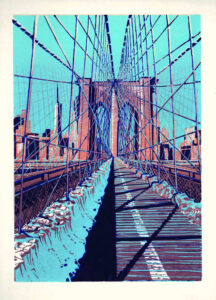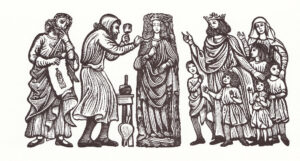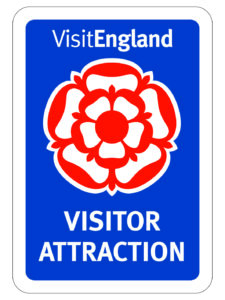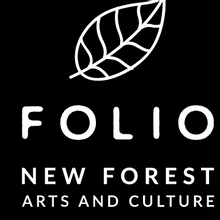25 February – 22 April
Exhibition Organised by the Ashmolean Museum, University of Oxford
Sponsored by Stuart Southall

‘Scene Through Wood’ celebrates one of the most astonishingly skillful and richly creative forms of visual art. Curated by Anne Desmet RA, currently the only engraver elected to the Royal Academy of Arts, the exhibition marks 100 years since the founding of the Society of Wood Engravers in 1920.
It includes 120 works from the Ashmolean’s outstanding collection of prints, plus loans from private collections, by leading artist-engravers from the 1790s right up to the present. They range over Romanticism, modernism and abstraction, to extraordinary photo-realistic works that defy belief. It demonstrates the endless versatility of the medium which has been used to depict the whole ‘theatre of life’, from work and play, war and hardship, designs for industry and typography, to natural landscapes and dazzling scenes of inner cities. Included are well-known names such as William Blake, Samuel Palmer, M. C. Escher and Peter Blake; and many women artists including Gertrude Hermes RA, Gwen Raverat and Edwina Ellis whose outstanding works deserve to be better known.

Wood engraving, as opposed to the broader technique of wood-cutting, involves detailed drawing with tools on end-grain hard wood blocks, traditionally boxwood. It is one of the few art practices to have originated in England. The technique was developed by Thomas Bewick (1753–1828) in the late-18th century. Bewick influenced virtually every artist-engraver that came after him, including William Blake, Samuel Palmer and Edward Calvert, all of whom are represented in the exhibition.

The Society of Wood Engravers was founded in 1920 partly to distinguish wood engraving as an independent art form and early members included Lucien Pissarro, Eric Gill, Gwen Raverat and John Nash. Their initial aim was simply to hold exhibitions devoted solely to wood engraving. Much of the Society’s early visual language is strikingly progressive. We find bold lines and deceptively simple designs that will resonate with graphic novel fans. Among the key engravers of the 1930s were Clare Leighton, Joan Hassall, Gwen Raverat, Agnes Miller Parker and Gertrude Hermes. Later in the century war artists like Henry Moore and Paul Nash and civilian artists, Rachel Reckitt and Hermes, used their experiences of the conflict to create profound images in both figurative and abstract prints.
Our own familiarity with wood engraving is probably greater than we realise. Many people instantly recognise M.C. Escher’s (1898–1972) mindbending patterns. Other intricate designs flit through our consciousness in postage stamps, logos and heraldic crests. Anyone travelling through Charing Cross tube station will see David Gentleman’s engravings, a tableau of the 13th-century workmen who erected the original Charing Cross. The cover of Philip Pullman’s world-wide best-seller, The Book of Dust featured a dramatic wood engraving by Chris Wormell. Other engravings are rightly celebrated like Edwina Ellis’s posters for TFL Art on the Underground (1996); and her recent designs for the Royal Mint which include the new 50p coin (2019) commemorating Stephen Hawking.

Anne Desmet RA is only the third artist-engraver ever elected to the Royal Academy. She makes traditional wood engravings and innovative mixed media wood engraved collages that combine monochrome and colour prints with drawings and other materials like gold leaf or sections of maps. Her work frequently features architecture and the built environment in evocations of well-known structures and architectural fantasies which reflect on the passage of time, human aspiration, endurance and change.
“In curating this exhibition, I have chosen works that moved me: engravings that drew me in, demanded attention and lingered long in the mind. Scene Through Wood offers a visual feast of some of the finest wood engravings of the last 100 years and celebrates the extraordinary artists who made them. We aim to show the fantastic diversity of wood engraved prints in Britain over the last century, while also highlighting artist-engravers from Europe, Russia, Canada, the USA, China, Japan and Australia whose work has influenced British engravers past and present.”
Anne Desmet








